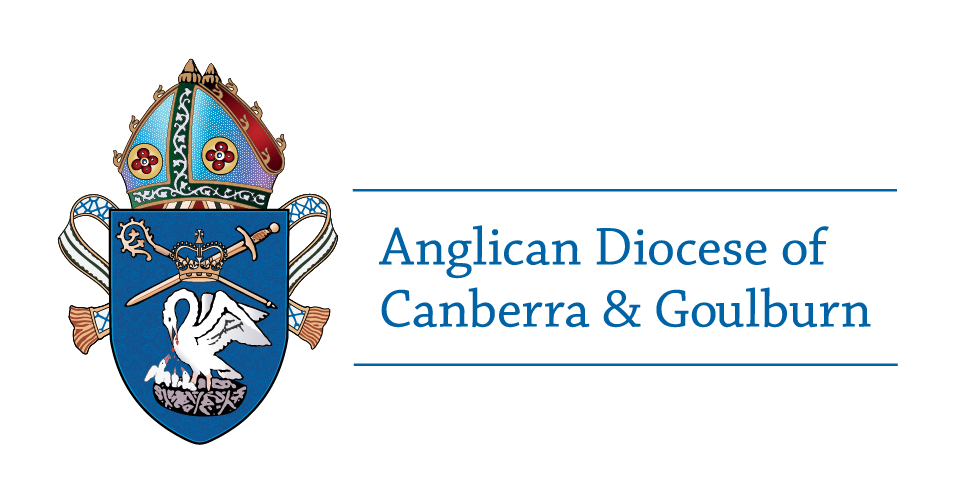Have you noticed that Christians have strong opinions about the “right” way to share the message of Jesus? There are some who think fresh-contact evangelism (sharing the gospel with people you don’t know) is immoral, because they consider it inauthentic. There are others who would rather tell 100 people they don’t know about Jesus before they share the gospel with an unbelieving sibling. Christians tend to have our preferences, which are based on our gifting and experience, and then we characterise other options as bad models of evangelism.
If an evangelist is indeed “one who brings good news”, then we need to thank God that he uses all of us differently and concentrate instead on knowing and experiencing the gospel – Jesus’ life, death and resurrection to save us from sin, death and judgement and to bring us into a hope that will never perish, spoil or fade. We can be free to think creatively about different ways to share our faith in a variety of ways.
 Often when we talk about evangelism we mean friendship evangelism (i.e. invite your friend/family/workmate/etc. to…). This strategy is reminiscent of a champagne fountain, where as one glass fills it pours over, gradually filling exponentially more glasses.
Often when we talk about evangelism we mean friendship evangelism (i.e. invite your friend/family/workmate/etc. to…). This strategy is reminiscent of a champagne fountain, where as one glass fills it pours over, gradually filling exponentially more glasses.
The trouble with the champagne fountain model of evangelism alone is not that it is wrong, or ineffective, it’s just deficient when it’s our sole strategy. Many people in Australia don’t have any friends who are followers of Jesus, and some don’t even know any Christians. There are closed circuits; whole groups of people who we will never connect with if we stick to friendship evangelism alone.
Because we love these people and want them to hear of the hope of Jesus, we need a strategy in our churches for evangelism that seeks to win not only those known to us, but also those with whom we have no contact. That is,
- What we’ll call “relational” evangelism, where we have/develop pre-Christian friendships and they talk with/read the Bible with/invite their friends to church and events we host.
- What we’ll call “fresh-contact” evangelism, where we make new relationships with the expressed purpose of talking about Jesus.

Within these two distinctions there are a few more.
People naturally like different sized gatherings, and our people can use their gifts in different ways in different sized groups. So ideally, a church will be equipping their people to share the gospel in a range of group sizes:

A healthy year in our church, then, looks like gospel proclamation happening at some point in all six of these boxes.
Think about all the things you could call evangelism that happen in the life of your church. Are there areas where your church is stronger or weaker? The six boxes are meant to serve as a creative planning tool, helping us dream up evangelistic strategies, and then as an evaluative and diagnostic tool to help us reflect on how we’ve gone and where we can do better.
This framework can help us promote a culture of “confidence in Christ” alongside deliberate, loving plans to share Jesus with others, so that sharing the gospel is embossed in the fabric of who we are as a local church family.
So how might this work in practice? Here’s six examples for Christmas evangelism you might like to try in your local church. Christmas still affords us all kinds of opportunities to proclaim the good news about Jesus Christ into our world.

By The Reverend Steve Boxwell


Hi Revd. Steve,
There is one that I would enjoy doing and that is Relational Small Group blue Christmas dinner,
Yeah excellent Bill. This is a good one to tie in with any social mercy ministry that your church might engage in. Invite people you’ve served throughout the year to the dinner with a toast-length message of gospel hope.
Hi Revd. Steve,
Thank you. I have to tell you that I will be in Parramatta for Christmas with my granddaughter and family.
Hosting a dinner is something I can do and do enjoy.
Kind Regards,
Bill.